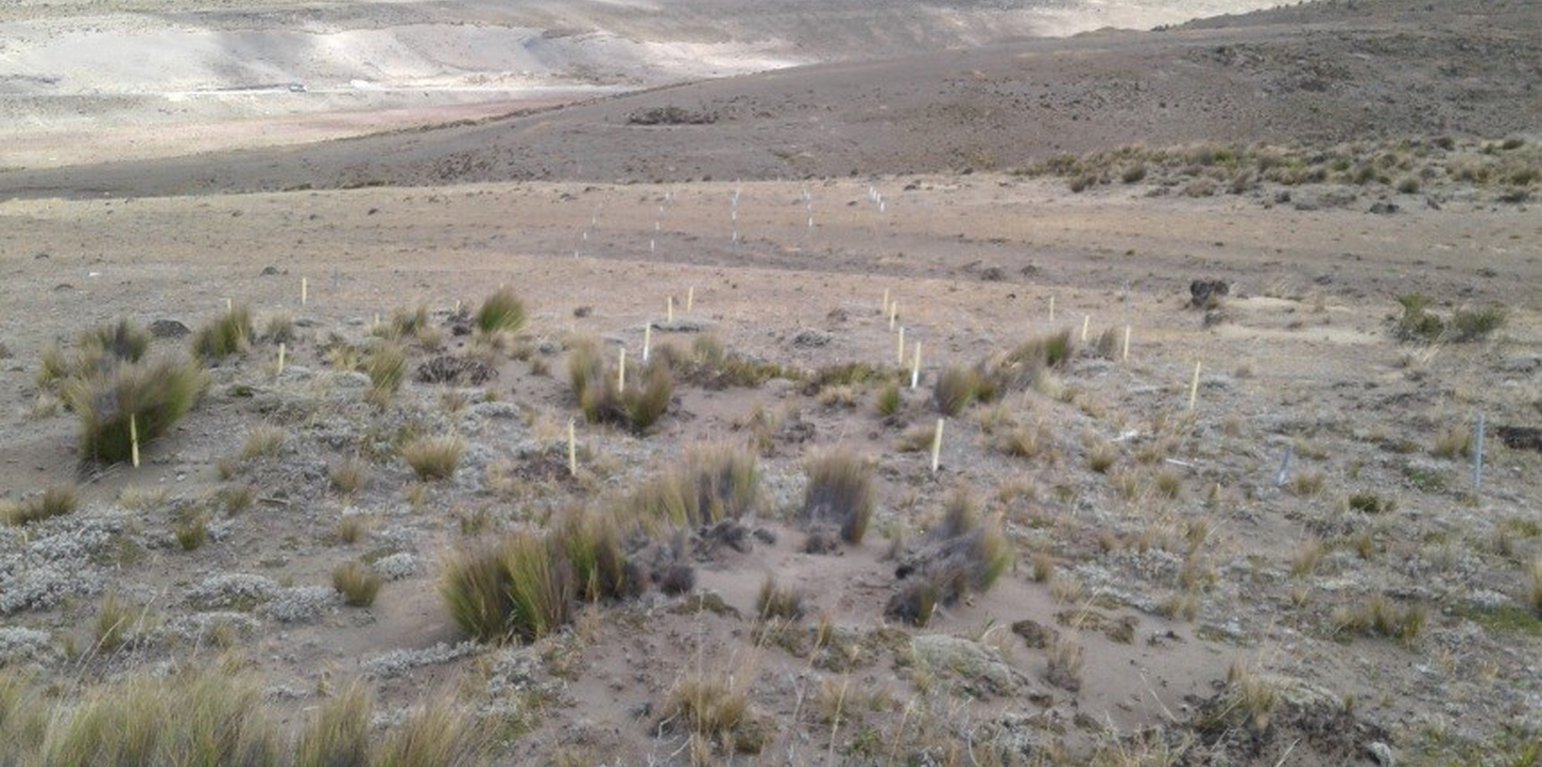



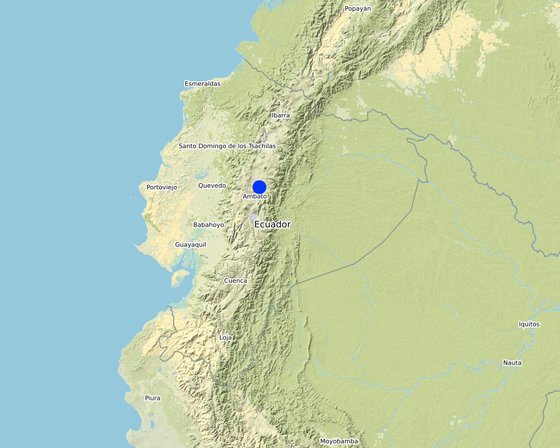
Location: Asociación La Esperanza - Sector Las Dogas, Tungurahua, Ecuador
No. of Technology sites analysed: single site
Spread of the Technology: evenly spread over an area (approx. 0.1-1 km2)
Date of implementation: less than 10 years ago (recently)
Type of introduction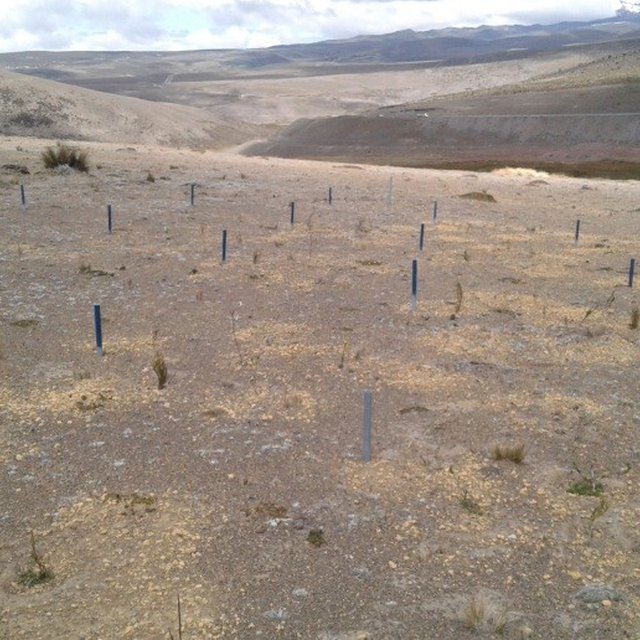
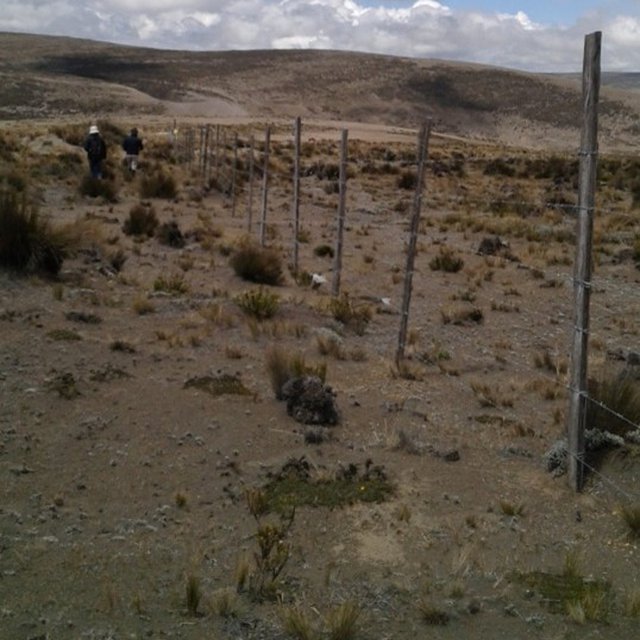







Technical specifications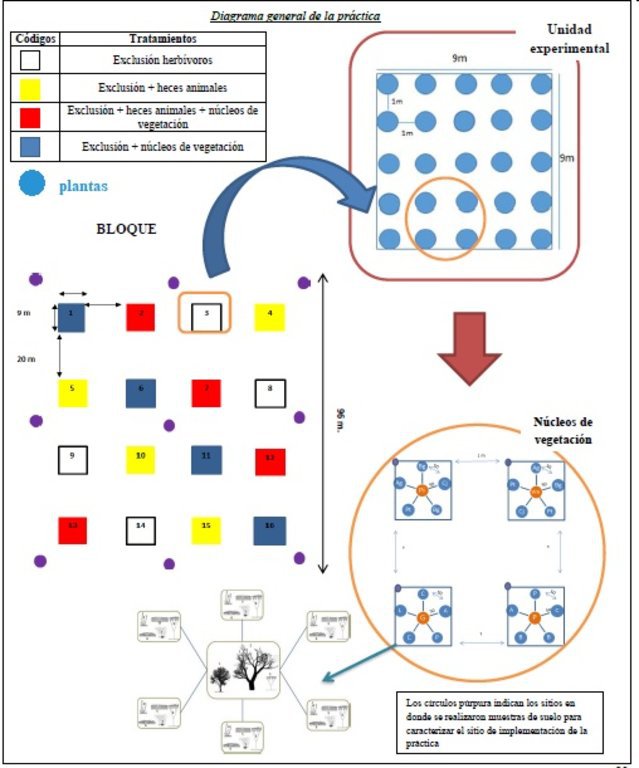
Author: Carol Tapia
|
|||||||||||
| Specify input | Unit | Quantity | Costs per Unit (US Dollars) | Total costs per input (US Dollars) | % of costs borne by land users |
| Labour | |||||
| 78.0 | 20.0 | 1560.0 | 100.0 | ||
| 296.0 | 20.0 | 5920.0 | 100.0 | ||
| Equipment | |||||
| 10.0 | 40.0 | 400.0 | |||
| 34.0 | 941.18 | 32000.12 | |||
| Plant material | |||||
| 3690.0 | 0.25 | 922.5 | |||
| Fertilizers and biocides | |||||
| 5.0 | 200.0 | 1000.0 | |||
| 3.0 | 50.0 | 150.0 | |||
| Construction material | |||||
| 23.0 | 14.0 | 322.0 | |||
| Other | |||||
| 120.0 | 5.0 | 600.0 | |||
| 6.0 | 40.0 | 240.0 | |||
| Total costs for establishment of the Technology | 43'114.62 | ||||
| Specify input | Unit | Quantity | Costs per Unit (US Dollars) | Total costs per input (US Dollars) | % of costs borne by land users |
| Labour | |||||
| 3.0 | 1200.0 | 3600.0 | |||
| Total costs for maintenance of the Technology | 3'600.0 | ||||